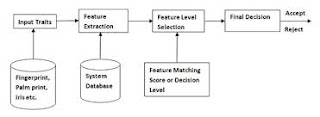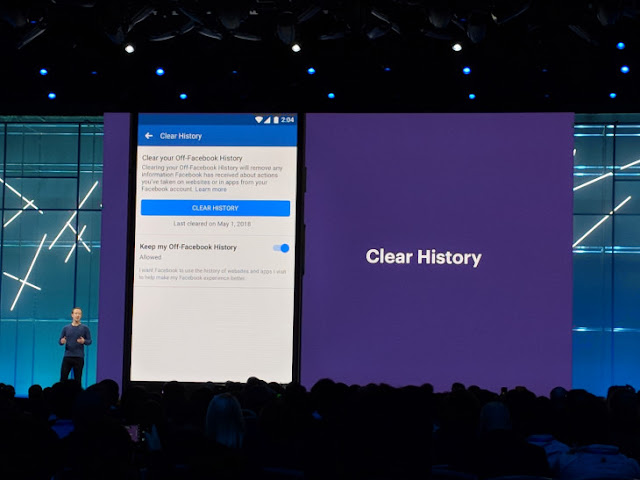The war against bots
is never-ending, though hopefully it doesn’t end in the Skynet-type scenario we
all secretly expect. In the meantime, it’s more about cutting down on spam, not
knocking down hunter-killers. Still, the machines are getting smarter and
simple facial recognition may not be enough to tell you’re a human. Machines
can make faces now, it seems — but they’re not so good at answering questions
with them.
Researchers at Georgia
Tech are working on a CAPTCHA-type system that takes advantage of the fact that
a human can quickly and convincingly answer just about any question, while even
a state of the art facial animation and voice generation systems struggle to
generate a response.
There are a variety of
these types of human/robot differentiation tests out there, which do everything
from test your ability to identify letters, animals and street signs to simply
checking whether you’re already logged into some Google service. But ideally
it’s something easy for humans and hard for computers.
It’s easy for people
to have faces — in fact, it’s positively difficult to not have a face. Yet it’s
a huge amount of work for a computer to render and modify a reasonably realistic
face (we’re assuming the system isn’t fooled by JPEGs).
It’s also easy for a
person to answer a simple question, especially if it’s pointless. Computers,
however, will spin their wheels coming up with a plausible answer to something
like, “do you prefer dogs or cats?” As humans, we understand there’s no right
answer to this question (well, no universally accepted one anyway) and we can
answer immediately. A computer will have to evaluate all kinds of things just
to understand the question, and double-check its answer, then render a face
saying it. That takes time.
The solution being
pursued by Erkam Uzun, Wenke Lee and others at Georgia Tech leverages this. The
prospective logger-in is put on camera — this is assuming people will allow the
CAPTCHA to use it, which is a whole other issue — and presented with a
question. Of course, there may be some secondary obfuscation — distorted
letters and all that — but the content is key, keeping the answer simple enough
for a human to answer quickly but still challenge a computer.
In tests, people
answered within a second on average, while the very best computer efforts
clocked in at six seconds at the very least, and often more. And that’s
assuming the spammer has a high-powered facial rendering engine that knows what
it needs to do. The verification system not only looks at the timing, but
checks the voice and face against the user’s records.
“We looked at the
problem knowing what the attackers would likely do,” explained Georgia Tech
researcher Simon Pak Ho Chung. “Improving image quality is one possible
response, but we wanted to create a whole new game.”
It’s obviously a much
more involved system than the simple CAPTCHAs we encounter now and then on the
web, but the research could lead to stronger login security on social networks
and the like. With spammers and hackers gaining computing power and new
capabilities by the day, we’ll probably need all the help we can get.









No comments:
Post a Comment